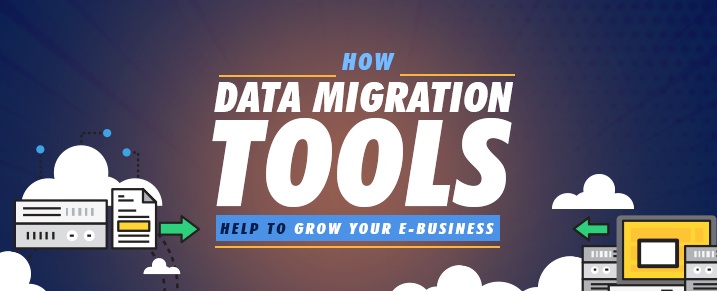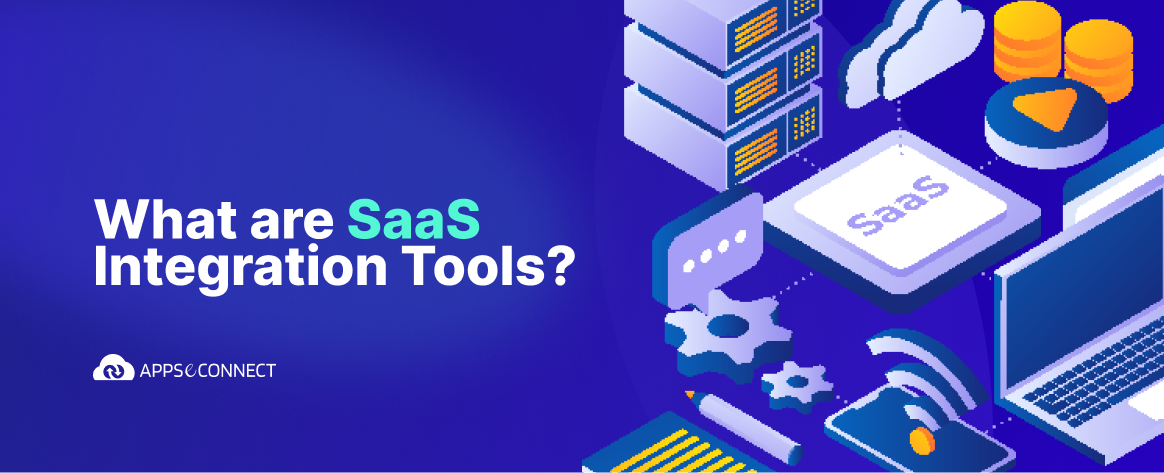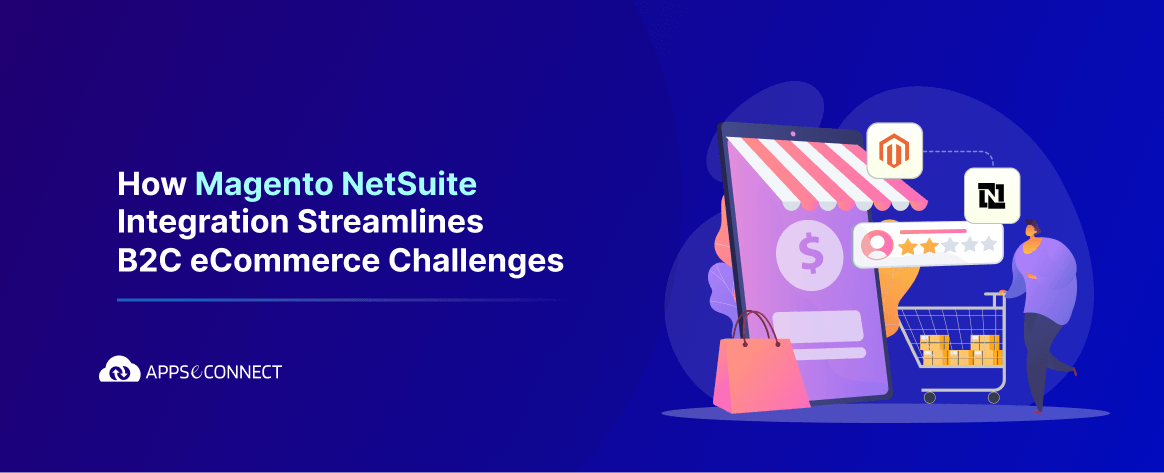Data migration is a concept not new to the industry. There were several types of research, blogs, news or even tools published just to address this burning problem of the twentieth century. The word Data migration entails to the fact on how you as an end user can transfer data from one application to another such that there is less friction between the application. So as an end user the expectation is to ensure all the configurational data is migrated from one application to another and the new system is ready to move for production.
The data migration is generally done programmatically where the data from the old system is mapped to the new system utilizing a fixed pre-approved design set by the vendor or the end user. When the design is made it is ensured all the transformation logic is implemented and ensured the data which is sent to the target application can perform a meaningful sense to the users.
Data Migration is Mainly Divided Into 5 Broad Phases:
- Start
- Design
- Extract – Transform – Load (ETL)
- Testing
- Sign-off
Now, let us consider each of the steps and see what are the main functions that you need to perform during the phases.

Start
In the start phase, the first important thing that is considered is analyzing the data and business flow. The applications are thoroughly analyzed and a report is produced, based on which the scope of the project is defined. The identification of data points and mentioning the same in project scope is very important. In this phase, the development of project scoping, budgeting and timeline on which the delivery can be made is also estimated. The Cost-benefit analysis was also internally performed such that based on the budget we could make sure the data migration project is in profit.
Design
The design phase is the actual implementation of the project. After the scope is defined and data points are properly identified in Start, the project migration is taken into account in this phase. As data in two or more application is disparate, hence mapping and providing proper logic for transforming data in one format to another is important. In this phase, the data mapping is done which will be used during transformation. The logic is a set of rules applied at a designated source which leads to the data which accurately fits the target. The design or migration scripts are made on an incremental basis such that any changes to the logic or any mistake do not affect the whole process. Finally, the rules defined are audited on sample data during these increments to ensure the process is correctly mapped.
Dependency is another major identification that needs to be performed during this phase. No business process is independent and identification of dependent data is very important. In case the matching is fuzzy or data merge is required, special methods or functions or templates are also being created in this phase.
Extract – Transform – Load (ETL)
ETL is a process of extracting data, transforming them to the format which is expected and then again loading the cleansed data to the application. In case of data migration projects, ETL forms the actual part of data transfer where a large volume of data is being transferred from one end of the application to another in smaller increments. The delta data is identified by an identification logic during extract and the same is loaded to the 2nd application.
ETL is the execution phase of a data migration project.
Testing
In the testing phase, all kind of testing is performed such that the final data set transferred is correctly validated. There are a number of tests like unit, system, volume or batch application testing is performed in this phase before finalizing the actual migration. For best software, the application data is properly analyzed and sliced in a way such that business process integration is correct and the tests can be performed.
During testing, if there is data flow is identified for a particular slice, the preventive measures are taken to ensure all the slices does not have the same flaw.
Sign-off
The phase as it suggests is only transferred when all the data is properly migrated and both the applications are eligible for production use. The data which is transferred already should be of high quality in this phase and all the dependency is managed.
The sign off is made between the parties to ensure that all the delivery which is expected is made properly and the project is taken for future maintenance.
Data migration is not new and a lot of enterprises require it often. With growing enterprise-grade applications, data which are mission-critical needs to also freely move from one application to another without any glitches. To ensure all the data are perfectly transferred, it is important to choose correct tools and services such that production level difficulties can be avoided. With a huge experience in iPaaS segment, APPSeCONNECT became the formidable partner for many companies who require data migration. The product follows every step elegantly and efficiently to ensure all the data is properly migrated as expected.
On Demand Webinar
Webinar: Successful Data Migration to Microsoft Dynamics 365 CRM – Strategy and Best Practices
Now, you can easily migrate your data from one application to another with complete security and without any disruption. You can have a seamless data exchange between Enterprise Applications, Legacy Systems and even between Databases!
You may also like:
19 Quick Tips For Your Ecommerce Data Migration
10 Things to Consider before Implementing Data Warehouse Migration
10 Ways Disconnected Data is Harming Your Business




















